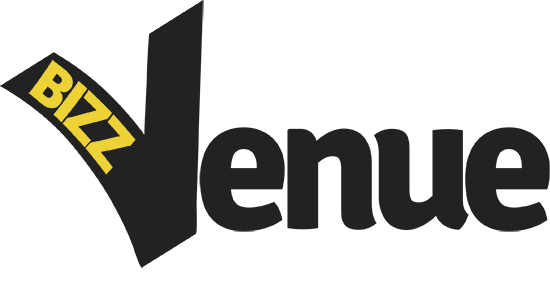
A trademark is any word, name, symbol (logo), slogan, package design, device, or any combination of the aforementioned that distinguishes a certain product of company A from that of company B. Do you need a Trademark? We won’t go into that question, rather for those that want to learn about it or need a trademark, here is the skinny on the basics for an international trademark.
Selecting a Trademark – consider before you start spending…
Make the potential “trademark” unique and not just a bunch of descriptive words. The strongest marks that we are all familiar with have no actual meaning in conjunction with the company or its product, however it is unique enough to garner attention back to the products – consumers automatically attach positive qualities to the mark.
1. Unique: What does Exxon have to do with gasoline? When the company created the name it had no connotation or connection to anything and wasn’t even a word. Fast forward to today, and you have got one of the wealthiest companies in the world with a very strong trademark on their name that expands to the entire globe. Another great example – Mashable – the very popular media company.
2. Common Meanings: Apple does not sell apples, however their logo and name are world famous and obviously protected by every trademark possible (the same can’t be said for all of their products).
3. World Class Logo: When I think of a world class logo, one that no one can confuse for anything else but its true meaning, I immediately imagine Nike’s swoosh. The mark is the only connection to the company that you’ll see on its
products, and even though it does not describe any product or service the company offers, it is still unique enough to be protected.
Note:
- A generic word for a type of product or service will never (99.9%) become a trademark due to the fact that the word (for example: razor) does not define or describe in a definitive manner the source of the service or product.
- A description can in some rare cases become a trademark in time – if the public has come to recognize the brand or product/service based on said description. If another company were to use the same description then there would probably be a large amount of consumers that participated in a deal with the competitor on accident thinking it was the original, and hence the reason to protect the description.
Make sure you do your homework and check if you need a trademark, and if the one you want is available.



